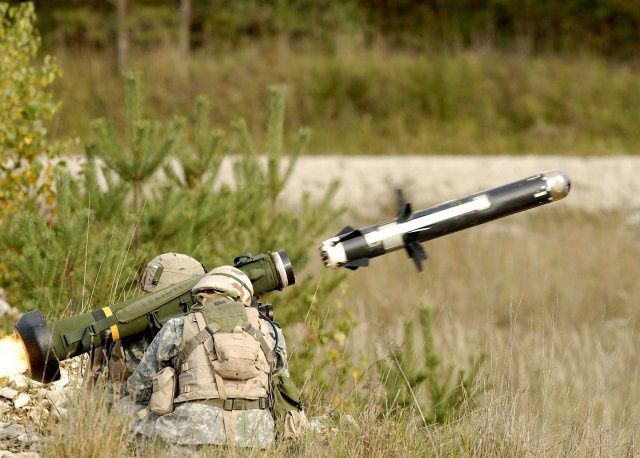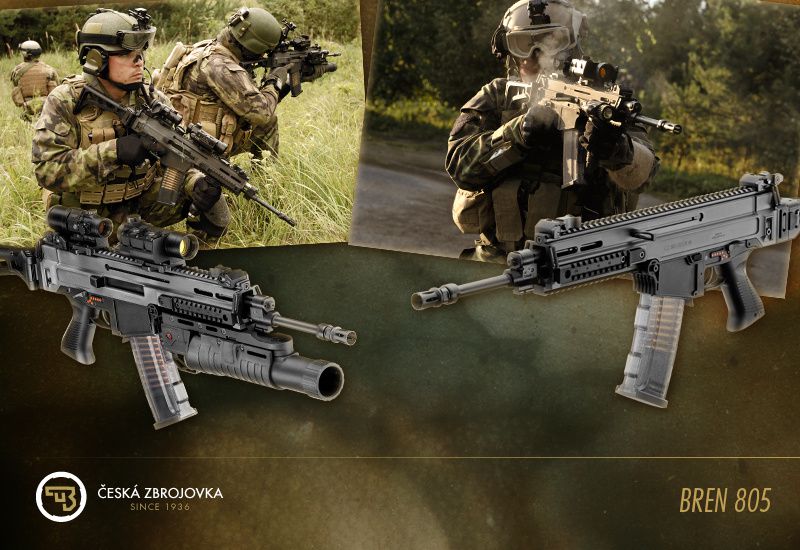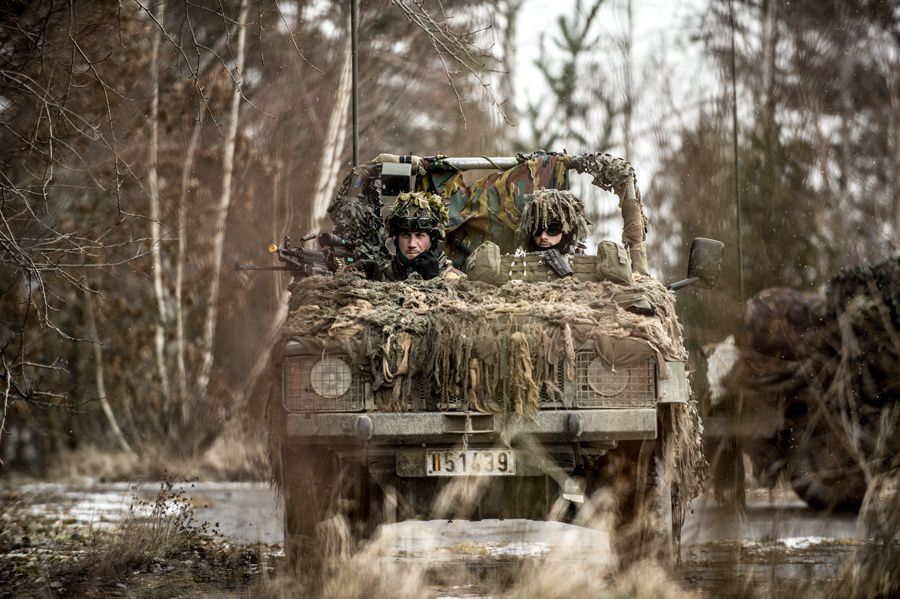9 décembre, 2015 Nathan Gain (FOB)
Le gouvernement tchèque a approuvé le 2 décembre dernier l’achat de nouveaux radars et de missiles antichar fabriqués aux États-Unis afin de renforcer les capacités militaires du pays lors d’opérations extérieures.
Le 25e régiment de défense aérienne de l’armée tchèque, basé à Strakonice, recevra deux nouveaux radars de surveillance à courte portée pour un montant de 5,66 millions d’euros renforcer les systèmes de défense aérienne portables RBS 70 conçu par Saab Bofors et déjà en service.
Les missiles antichar acquis par le gouvernement tchèque ne sont autres que des Javelin. Ces missiles antichar portables, de type « tir et oublie » et fabriqué par un consortium américain réunissant Lockheed Martin et Raytheon, seront commandés au travers du programmes « Foreign Military Sales » du département de la Défense américain.
« Les nouveaux systèmes fourniront une meilleure préparation au combat aux éléments de l’armée tchèque impliquées dans des opérations extérieures, » a déclaré Petr Medek, porte-parole du ministère de la Défense tchèque.
Le système FGM-148, qui peut atteindre des cibles jusqu’à 4,75 km de distance et être opéré par un unique soldat, avait déjà été acheté à une occasion par le ministère de la Défense tchèque, en 2004. Trois lanceurs et 12 missiles furent commandés pour un montant de 1,7 million de dollars afin d’équiper les forces spéciales du pays, mais arrivèrent trop tard pour soutenir leur mission en Afghanistan. Bien qu’aucun chiffre précis n’ait été communiqué par le gouvernement tchèque, cette nouvelle commande devrait concerner bien plus de systèmes pour davantage d’unités militaires.
Radars, missiles, véhicules blindés, la République Tchèque, à l’image de nombre de ses voisins progresse à grands pas pour s’affranchir d’un équipement militaire jusqu’alors essentiellement issu de l’ère soviétique, au profit de son industrie de défense nationale et de ses partenaires de l’OTAN. Ce pays de l’Est a particulièrement multiplié les annonces d’acquisition ces derniers mois, parmi lesquelles l’achat de nouveaux systèmes de missile sol-air RBS 70NG auprès du Suédois Saab, pour remplacer des systèmes Strela-10M datant de l’ex-URSS.






































